- Home
- Our Products
- Videos
- Videos
Videos
Displaying 1 - 10 of 12
Wildfire Story: Fire Weather
Published
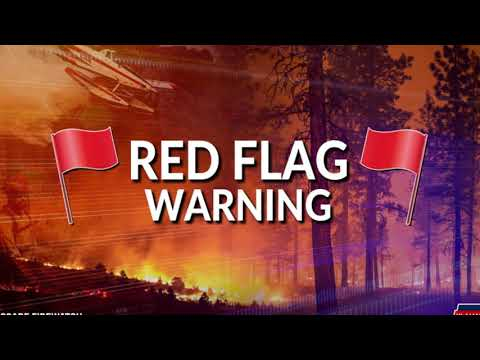
The basic principles and concepts of fire weather as they relate to wildland fire behavior include: wind, air temperature and relative humidity, precipitation, and atmospheric stability.
Watch the video on our YouTube Channel.
Wildfire Story: Smoke
Published
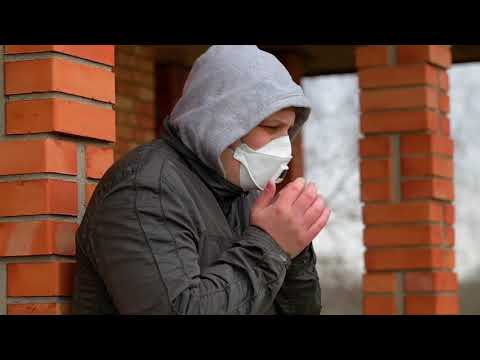
Wildfire smoke is typically a mixture of water vapor, gases, fine particles, and trace minerals from burning fuels like trees and vegetation, other organic components, and, sometimes, building materials.
Watch the video on our YouTube Channel.
Wildfire Story: The Fire Triangle
Published
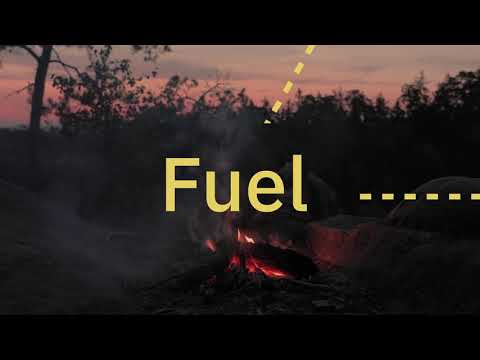
The Fire Triangle is a simple way of understanding the components of fire. Each side of the triangle represents one of three components needed to have a fire – oxygen, fuel and heat. Fire is a chemical reaction and without one of these components, fire cannot exist or be sustained.
Watch the video on our YouTube Channel.
The Return of Fire
Published
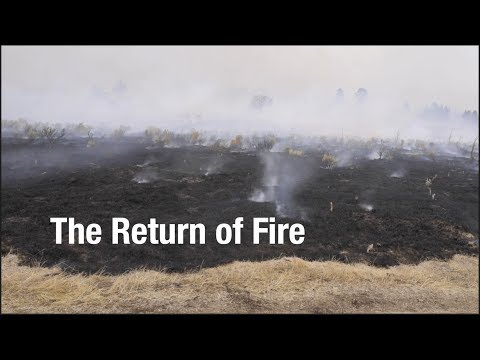
Fire researchers discuss the return of fire to western U.S. landscapes in the context of wildfire history.
Watch the video on our YouTube Channel
Wildfire in the News
Published
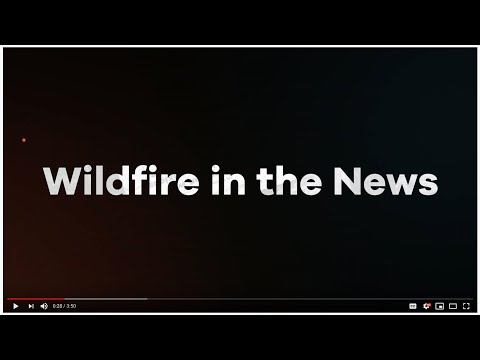
When wildfires happen, the news media plays an important role in covering events, providing information, and influencing public understanding. In this video, two scientists discuss recent research on how wildfire is covered in the news, and how this can sometimes be at odds with both local community impacts and the ecological role that wildfire plays, historically occurring in regular intervals across much of the U.S. West.
Watch the video on our YouTube Channel
Up and Down: The Wildfire Economy
Published
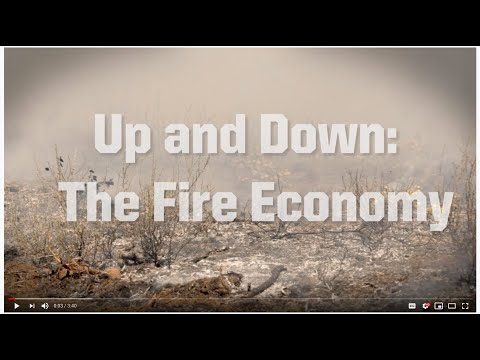
Two researchers discuss findings from studies on how wildfires affect local economies across the U.S. west, from onset to recovery and beyond.
Watch the video on our YouTube Channel
Fish and Fire: Habitat and History in the Northwest
Published
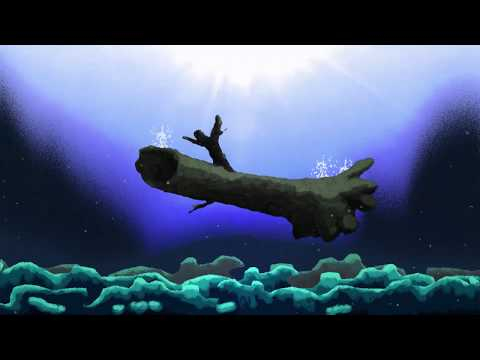
Two research fish biologists describe how fish in the Pacific Northwest have evolved with wildfire disturbances, and how considering this history can help inform management prescriptions for both wildfire and fisheries. Creative animation illuminates details of how wildfires can provide beneficial habitat for native fish species.
Watch the video on our YouTube Channel: https://youtu.be/omUN7VsKxBo
Restoration in a Fire Forest: The Benefits of Burning
Published
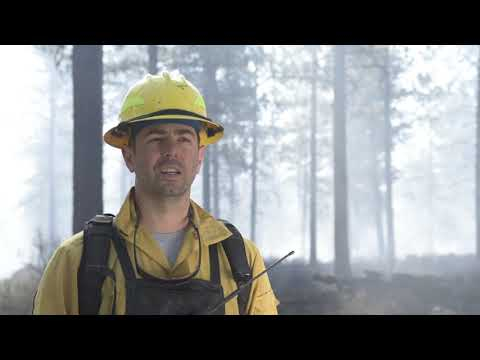
Wildfire has historically played an important role in the health and structure of Oregon's dry forests. Prescribed fire is a valuable tool used to restore forest health, increase firefighter safety, and better protect nearby human resources in these fire-adapted landscapes.
Restoring Western Dry Forests: Individuals, Clumps and Openings
Published
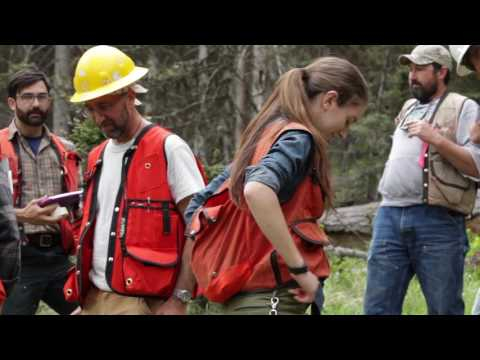
There's a tremendous need for ecological restoration in dry forests. Tools such as thinning and prescribed fire are used to reintroduce disturbance into these forests to promote health and resilience. Individuals, clumps and openings is one approach used in thinning. Find out more.
Watch the video on our YouTube Channel
Seeking consensus in post-fire management: The Canyon Creek example
Published
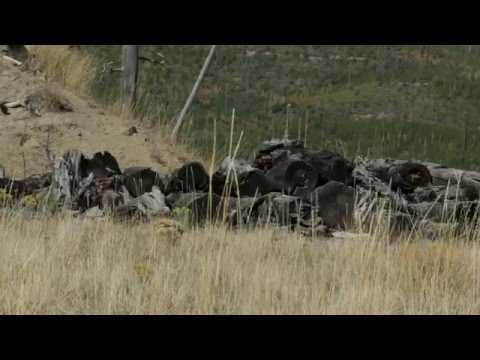
Seeking consensus is a challenging process, but the Blue Mountains Forest Collaborative and the USFS are beginning to find common ground.
Watch the video on our YouTube Channel
Pagination
- Page 1
- Next page